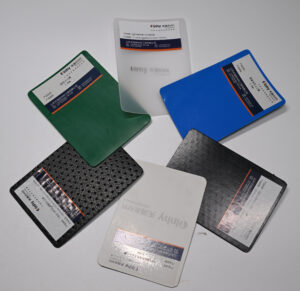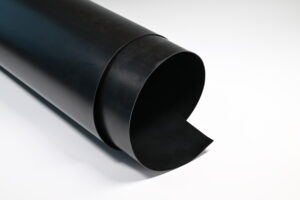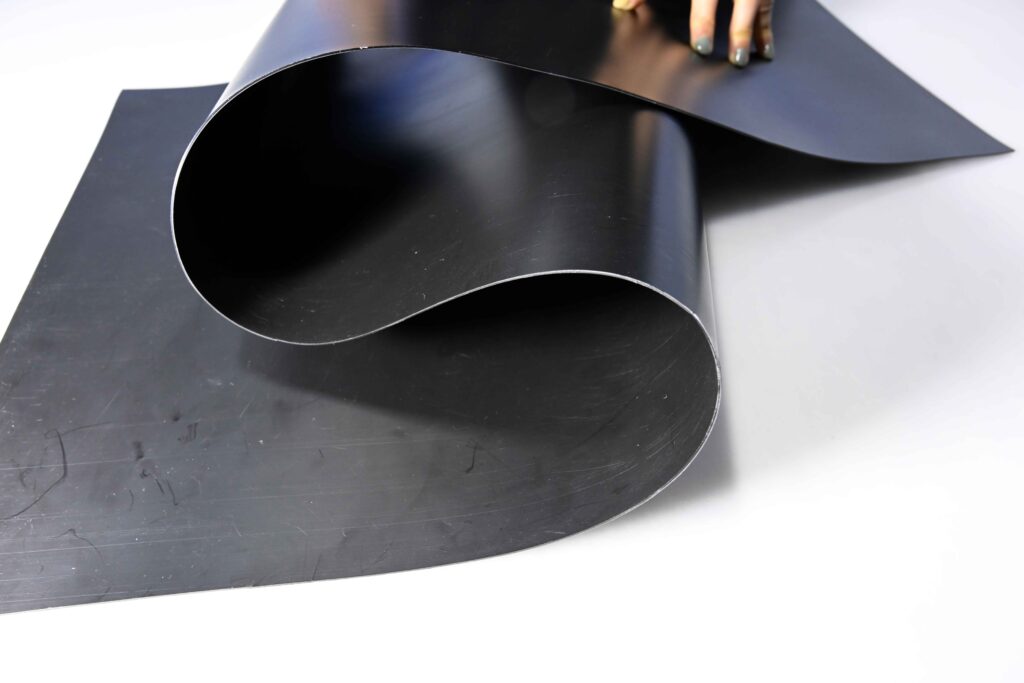Geomembrane welding refers to joining two or more geomembrane sheets together by hot-melt or extrusion welding technology to form a seamless connection point to ensure the anti-penetration performance of the geomembrane system.

Geomembrane Welding Process
Preparation: Clear and level the weld area, make sure it is dry, clean, and dust-free, and inspect the geomembrane for damage or defects.
Preheating welding equipment: Depending on the welding method used (hot melt or extrusion), the corresponding welding machine needs to be preheated to bring it to the proper working temperature.
Placement of geomembrane: Place the geomembrane sheet to be welded in the welding area according to the design requirements to ensure that its position is accurate.
Preheating and melting: use the corresponding welding machine to preheat and melt the edges of the geomembrane. For hot melt welding, the edge of the geomembrane is usually heated to a molten state with a heat gun or welding head; for extrusion welding, the edge of the geomembrane is heated to a molten state by an extrusion welding machine.
Joining and compaction: After the edge of the geomembrane reaches the melting state, quickly join the two geomembrane sheets together and compact them tightly with appropriate pressure. This way ensures good strength and tightness of the weld.
Inspection and repair: After the welding is completed, carefully check whether the weld seam is uniform and firm, and make necessary repairs to ensure that the welding quality meets the requirements.

How to choose geomembrane welding machine
When choosing a geomembrane welding machine, the following aspects can be considered:
Welding method: Determine the welding method used according to the specific needs, the common ones are hot air fusion welding and extrusion welding. Hot air fusion welding is suitable for thinner geomembrane materials, while extrusion welding is suitable for thicker or special geomembrane materials.
Welding speed and efficiency: Considering the construction time and labor costs, it is more economical and practical to choose welding opportunities with higher welding speed and high efficiency.
Control and adjustment functions: The welding machine should have control functions that can adjust parameters such as temperature and speed, so that it can be flexibly adjusted and operated under different conditions.
Welding quality and stability: Choose a welding machine with a well-known brand and reliable quality to ensure welding quality and stability, and improve welding strength and sealing.
Ergonomic design: Prioritize the selection of welding machines that are easy to operate, portable and mobile, which can adapt to various working conditions and reduce the labor intensity of users.
Functional accessories and accessories: Know whether the welding machine is equipped with appropriate accessories and accessories, such as welding nozzles of different specifications, spare parts, etc. The availability of these accessories and accessories may affect subsequent use and maintenance.
After-sales service and technical support: Confirm that the welding machine supplier provides comprehensive after-sales service and technical support to deal with potential problems and failures, and to ensure timely repair and maintenance.
[wpforms id=”40″]


